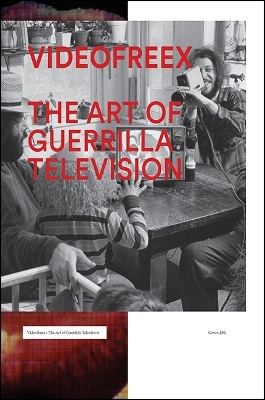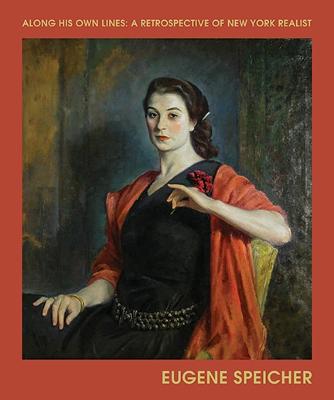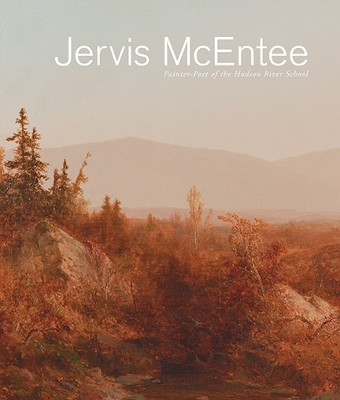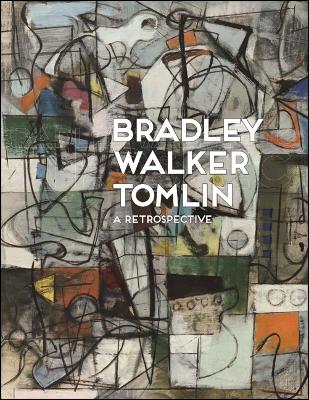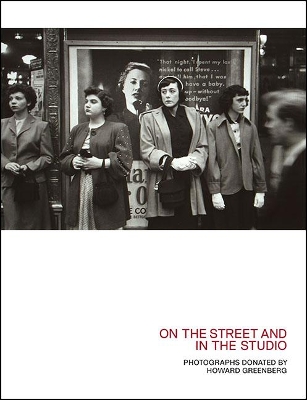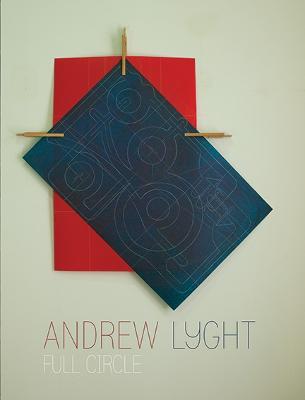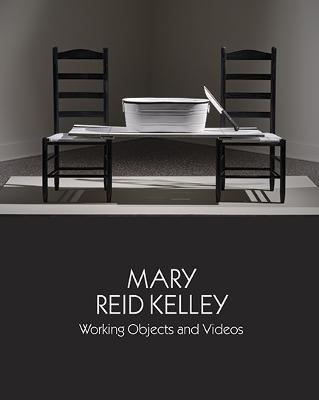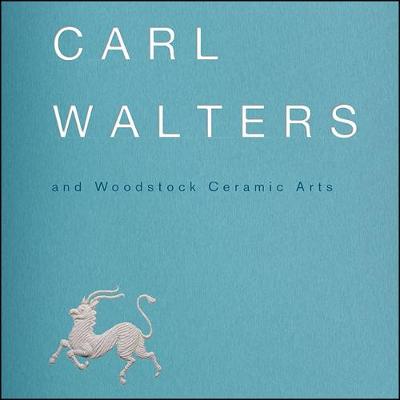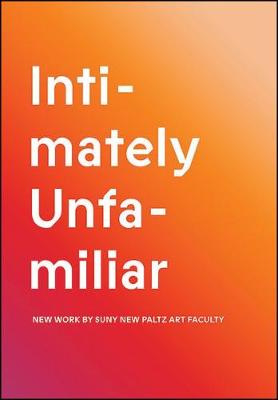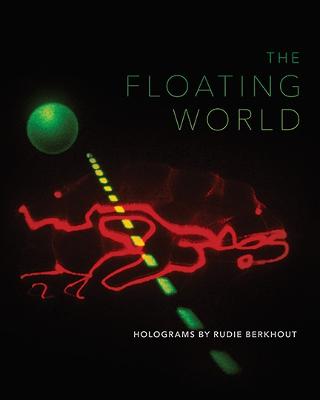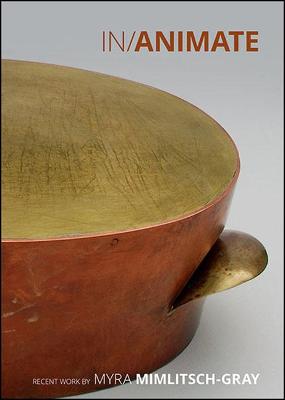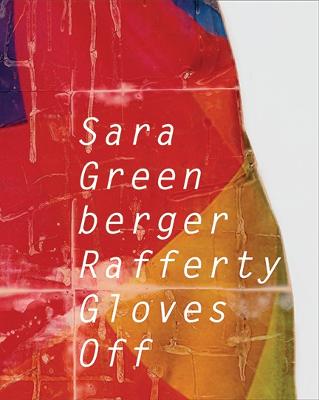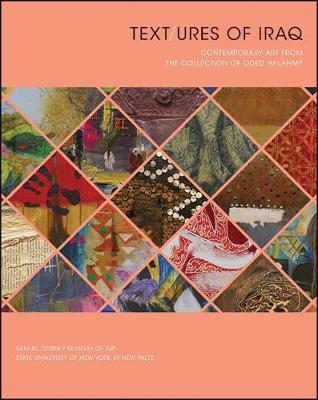Samuel Dorsky Museum of Art
14 total works
Videofreex
by Andrew Ingall, Daniel Belasco, Tom Colley, Tom Roe, Sara Pasti, and David Ross
Videofreex includes essays examining the historical and cultural scope and legacy of the Videofreex; essays surveying selected art installations by the Videofreex; notes on the videotape preservation of the Videofreex Archive; reflections on one of the author's work with Wave Farm, a contemporary Catskills-based media arts organization with a parallel history to the Videofreex; and essays by Videofreex founding members, reflecting on their collective contributions to art, technology, and community engagement.
Along His Own Lines
by Valerie Ann Leeds, Tom Volf, Daniel Belasco, and Sara Pasti
Jervis McEntee
by Lee A. Vedder, David P. Schuyler, Kerry Dean Carso, Sara J. Pasti, and Daniel Belasco
Bradley Walker Tomlin
by Daniel Belasco, Douglas Dreishpoon, Elizabeth Dunbar, Sara J. Pasti, Robert Phelps, Bradley Walker Tomlin, and Tom Volf
Presents new scholarship, images, and primary sources that explore the art and legacy of a critical yet under-recognized figure in Abstract Expressionism and twentieth-century American art.
"The gentleman Abstract Expressionist," in the words of poet John Ashbery, Bradley Walker Tomlin was known for his elegance in both painting style and personal comportment. The book includes over forty paintings, works on paper, and printed materials, charting Tomlin's development from art nouveau illustrations of the 1920s to large-scale Abstract Expressionist paintings of the 1950s. The exhibition explores his formative years in Syracuse, early patronage by Condé Nast, and the important role played by the Woodstock art colony. Tomlin is best known as a key figure in the New York School and had close friendships with Adolph Gottlieb, Philip Guston, and Robert Motherwell. Unlike most of his peers, Tomlin focused on the impersonal possibilities of art. His carefully orchestrated paintings resonate with our time's renewed interest in abstraction and design.
Explores the significant impact that the metallurgist Dick Polich and his foundry, Tallix, have had on contemporary art.
Dick Polich tells the story of the man who founded Tallix in 1970 and revolutionized the world of American fine art foundries. As an art fabricator, Polich typically remains behind the scenes. This publication, the catalogue for the exhibition at the Samuel Dorsky Museum of Art, SUNY New Paltz, explores the history and processes of Polich and his foundries Tallix, Polich Art Works, and Polich Tallix, from the 1960s to the present. Contents include an art historical survey by Daniel Belasco, a personal account of the craft of the foundry by Dick Polich, and new statements about working with Polich by artists Rona Pondick, Joel Shapiro, Tom Otterness, Janine Antoni, Martin Puryear, and Jeff Koons. The Dorsky Museum exhibition is the first to examine Dick Polich's influence on contemporary art.
On the Street and in the Studio
by Daniel Belasco, Howard Greenberg, and Sara J. Pasti
The catalogue for a two-part exhibition that presents more than sixty compelling photographs—including prints by Eugène Atget and Berenice Abbott—exploring major themes in modern photography, donated by leading photography specialist and dealer Howard Greenberg.
The history of photography concerns its materiality as much as its imagery. The Samuel Dorsky Museum of Art at the State University of New York at New Paltz is firmly engaged with this history of reinvention. Nearly half of the collection came to the museum from a single source: photography specialist and dealer Howard Greenberg. On the Street and in the Studio documents the enormous contribution made by Greenberg in building a collection of nineteenth- and twentieth-century photography at the Dorsky Museum. The catalogue includes an essay by curator Daniel Belasco that surveys the strengths and characteristics of the collection. An interview with Howard Greenberg sheds light on how he collects photographs and chooses to present them to institutions. The portfolio section features images of both the photographic images and reverse sides of nineteen prints in the collection by Eugène Atget, Berenice Abbott, James Van Der Zee, Margaret Bourke-White, and others, revealing how there is as much relevant information on the back as on the picture itself, an insight made available for students and the general public.
Andrew Lyght
by L H Roper, Artemis A. Zenetou, Karwan Fatah-Black, Tumelo Mosaka, and Sara J. Pasti
Mary Reid Kelley
by Daniel Belasco, Corinna Ripps Schaming, Sara J. Pasti, and Janet Riker
Celebrates the first exhibition devoted to the finely crafted and researched costumes, objects, and drawings that Mary Reid Kelley creates for her visually and intellectually stimulating videos made in collaboration with Patrick Kelley.
Mary Reid Kelley celebrates the first museum exhibition devoted to the finely crafted and researched costumes, objects, and drawings that Mary Reid Kelley creates for her visually and intellectually stimulating videos. An essay by curator Daniel Belasco analyzes the sources and significance of the working objects in how they promote the "unreality effect" of Mary Reid Kelley's videos, which combine both the analog and digital and the personal and historical. A conversation between Corinna Ripps Schaming and Mary Reid Kelley and her long-time collaborator Patrick Kelley reveals insights into their working process. For the first time, the full range of the artist's costumes, props, drawings, furniture, and accessories are photographed and presented as unique works of art.
Surveys the forty-year career of Carl Walters (1883-1955), a pioneer of modern ceramic art in the United States.
Drawing on the first major exhibition of Carl Walters in over sixty years, this catalogue includes an extensive critical essay by curator Tom Wolf and an additional essay by modern ceramics expert Adrienne Spinozzi. The catalogue places Walters (1883–1955) within the context of development of ceramic arts in Woodstock over two generations ago, from the Byrdcliffe Guild in the early twentieth century to the younger modernists who worked in the Maverick in the 1920s and 1930s. Spanning a career that lasted over forty years, this fully illustrated catalogue features approximately thirty prime examples of Walters's witty and original three-dimensional ceramic figures as well as a selection of works on paper from private and public collections in the Northeast. Perhaps best known for his creation of the glass panels on the doors of the original Whitney Museum of American Art, Walters was unusual in that he made both functional objects and independent ceramic sculptures.
Showcases the latest trends in art and design, from painting and sculpture to photography, printmaking, and metals.
This catalogue is published in conjunction with the exhibition Intimately Unfamiliar: New Work by SUNY New Paltz Art Faculty, curated by Michael Asbill, on display at the Dorsky from January 25 through April 9, 2017. The participating artists teach courses in printmaking, photography, painting, drawing, sculpture, graphic design, ceramics, metals, and art education, as well as basic foundation courses. They are also professional artists and designers who exhibit their work in major museums and galleries throughout the world. Born in Europe, South America, the Middle East, and across the United States, these professionals collectively bring a wealth of experience and perspectives to art and art education. The fully illustrated catalogue was designed by Dimitry S. Tetin and features texts by curator Michael Asbill, Sara J. Pasti, and Anne Galperin.
The Floating World
by Daniel Belasco, Martina Mrongovius, Rudie Berkhout, and Sara J. Pasti
Documents the art and science of three-dimensional abstract artworks created in the 1970s and 1980s by one of the leading innovators of fine art holography.
The first-ever catalogue dedicated to light artist and holographer Rudie Berkhout, The Floating World focuses on the transmission holograms Berkhout made from 1978 to 1989, a peak period of his creativity and professional recognition. In a transmission hologram, a rear-mounted light shines on a glass plate to illuminate a three-dimensional image. Curator Daniel Belasco situates Berkhout in the art and culture of his day, from the mass-produced holograms on the cover of National Geographic to the other artists working at the intersection of technology and audience participation. Holography scholar Martina Mrongovius provides a detailed account of the technology and craft in Berkhout's working process. Additional catalogue components include reprints of two important artist statements, multiple illustrations of exhibited art works, bibliography, and detailed exhibition history. Berkhout envisioned his abstract holograms as the marriage of science, art, and philosophy.
In/Animate
by Daniel Belasco, Akiko Busch, Myra Mimlitsch-Gray, and Sara J. Pasti
Documents the groundbreaking art of nationally renowned metalsmith Myra Mimlitsch-Gray.
In/Animate surveys the past decade of work by Myra Mimlitsch-Gray, internationally renowned metalsmith and head of the Metal Program at SUNY New Paltz. Curated by author Akiko Busch, the exhibition explores a variety of artistic processes using iron, copper, brass, silver, and enameled steel. Mimlitsch-Gray's domestic artifacts suggest a coalescence of body and thing, conveying the mutability of the animate and inanimate and reflecting the intimacy between people and the objects they use. A spoon could be a lip, or a dangling twist of fabric, a vein. Over forty meticulously crafted works contribute to the contemporary conversation about how household objects express ideas about presentation, utility, and class.
Sara Greenberger Rafferty
by Sara J. Pasti, Andrew Ingall, Corinna Ripps Schaming, and Jonathan Thomas
Presents recent work by the Brooklyn-based artist known for unsettling works that contend with such topics as domesticity, the body, consumer culture, fashion, and violence.
The boxing term "gloves off"-frequently used as a metaphor to characterize brutal political campaigns and post-9/11 military interrogation-aptly describes the subtle aggressions in American popular culture that Sara Greenberger Rafferty lays bare. Blurring the lines between two and three dimensions, Rafferty attaches her wall-mounted works using custom-painted screws that break up the images. She also deploys cracked paint resembling viscous bodily fluids, further "wounding" the objects. Over the past decade, Rafferty has referenced the language, gestures, and props associated with stand-up comedy. This exhibition includes a new large-scale work entitled "Jokes on You," featuring images of ephemera from the collections of the National Museum of American History, which was part of Rafferty's study during her Smithsonian Artist Research Fellowship. Index cards from the Phyllis Diller "Gag File," scanned and recontextualized by Rafferty, underscore the trauma associated with cultural mores that assert control over women's bodies, such as marriage and consumerism.
Presents work by Halahmy and eight other contemporary artists from Iraq: Hayder Ali, Amal Alwan, Mohammed al Hamadany, Ismail Khayat, Hanaa Malallah, Hassan Massoudy, Naziha Rashid, and Qasim Sabti.
Text/ures of Iraq presents work by New York-based sculptor Oded Halahmy, a Jewish native of Baghdad, alongside that of eight contemporary artists from Iraq: Hayder Ali, Amal Alwan, Mohammed al Hamadany, Ismail Khayat, Hanaa Malallah, Hassan Massoudy, Naziha Rashid, and Qasim Sabti. Gathering works that reference Iraq's literary past in an effort to better understand the region's present, the book finds its constituent artists celebrating their country as a pastoral idyll, where people of different beliefs, cultures, and ethnicities peacefully coexisted for centuries, while also mourning the gradual, more recent fraying of Iraqi culture. The layered and abraded surfaces of some of the pieces speak to the persistence of violence, while the picturesqueness of others captures the powerful affective textures of nostalgia and exile.
The book also features examples of modern Arabic and Hebrew calligraphy, including some variants of this form that evoke hurufiyah, an influential modern Arab variant of Lettrism that uses the swoops and curves of the Arabic alphabet as painterly gestures. From abstract collages constructed out of the remains of destroyed books to the Hebrew calligraphy seen in Halahmy's art, these works demonstrate the importance of the literary in Iraqi society, culture, and visual arts of the past and present day.
